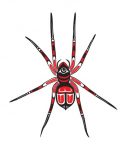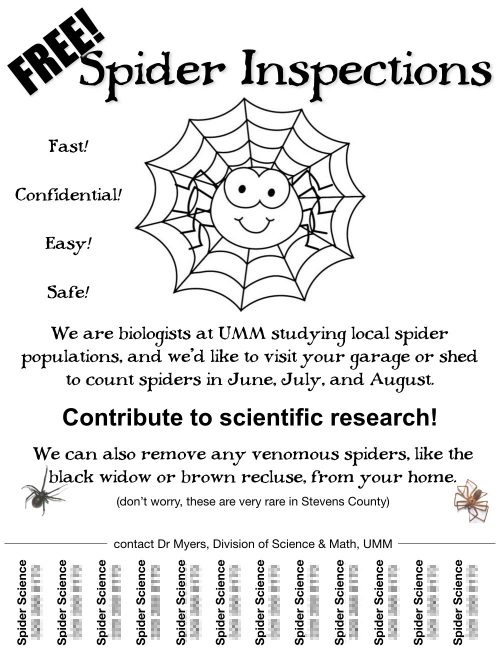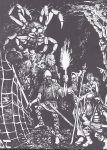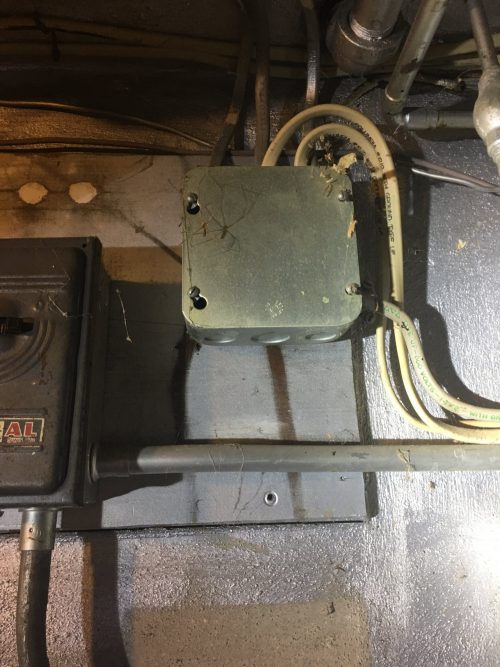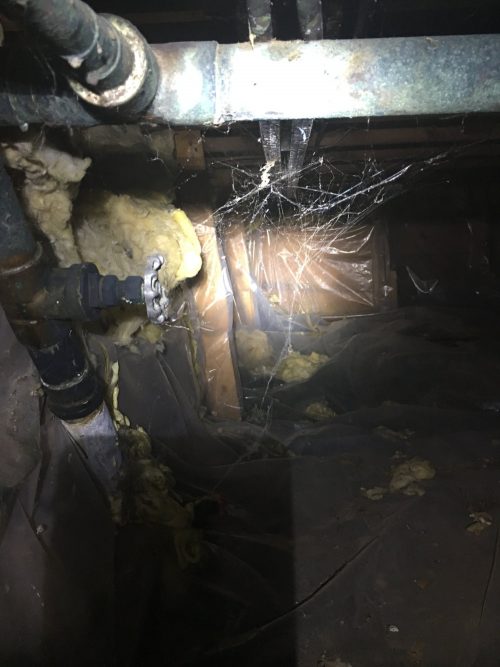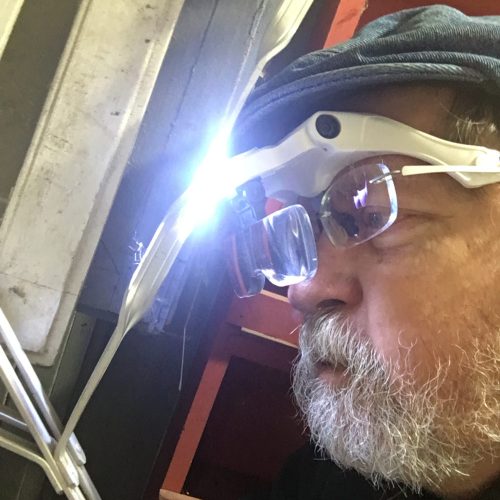Today my spider squad is stopping by my place for a spider identification party — they’ve been out sampling spider diversity, and are bringing their captives to a central location so we can figure out who they are (don’t worry, we’ll be setting the majority of them free afterwards). Then we’re going to run through our survey protocol, practicing on my garage, and set up our schedule for site visits starting next week. This is going to be challenging because I’m not a spider expert by any means — but the only way to get better at it is to dive in and start actually working with the adorable little beasties.
I can now spot Parasteatoda tepidariorum fairly easily, but other species I have to stare out for a while and flip through notes. P. tepidariorum is the species I’ve got thriving in the lab colony. Well, “thriving” is a little optimistic: the individuals are well-fed and looking good, but I still suffer from a shortage of males. I need more egg cases so I can separate the spiderlings early and alleviate some of the male mortality, but obviously I need more males to get more egg cases.
It’s going to be great fun!

